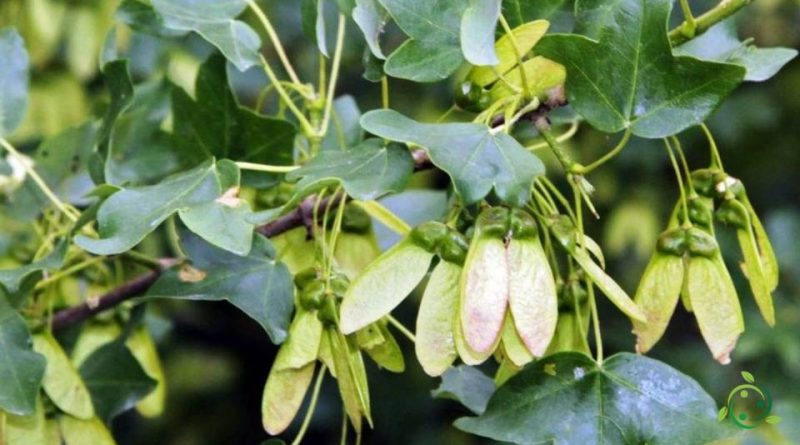How the Montpellier maple is grown
How the Montpellier maple is grown
The Montpellier maple (Acer monspessulanum L.) is a species widespread in the submontane areas of the Mediterranean countries, from France and North Africa to Asia Minor , and present in Italy in all the Regions where it is present above all in the central-southern regions, including the islands, and grows spontaneously up to an altitude of 700-800 m, while in the north it is present in Liguria and in the areas of the lake. of Garda.
The reproductive structures of Acer monspessulanum are greenish-yellow flowers gathered in first erect and then pendulous corymbs. The fruit is a samara with wings, almost parallel or superimposed between them, which separates when ripe into 2 distinct fruits (1-2 cm each); they have a red to brown color.
Cultivation –
The Montpellier maple is a plant that adapts well to both warm temperate climates and temperate ones characterized by not excessively rigid winters, in fact it is able to withstand temperatures of a few degrees below zero.
This plant prefers sunny areas but, in partial shade conditions, it can grow well.
From the pedological point of view it is a plant that has a good adaptability to many soils, managing to grow on rocky, calcareous, stony and even clayey soils; however, the preferred soils are those that are loose, fresh and well drained, while it does not like those that are too compact as they are subject to water stagnation.
The Montpellier maple reproduces starting from seed even if, wanting to avoid genetic variability it is necessary to start from cutting.
The plant should be carried out in autumn in mild climates and in spring in cooler ones, using plants at least 2.5 m tall, with a stem circumference of 16 cm.
For the plant a hole of 50 X 50 cm with a depth of 70 cm is prepared, where for the support are placed two wooden stakes 2 m high to be planted in the ground for at least 50-60 cm and a crossbar attached to them and related to the plant.
Furthermore, at the time of implantation, 3-4 kg of well-ripened organic matter (manure or earthworm humus) is placed in the hole.
In addition to the fertilization that is carried out during the planting, in the following years, if necessary, a slow release complex fertilizer is distributed at the vegetative restart or, if there is always some organic substance available near the collar of the plant to be planted.
Irrigation is necessary in the first years following planting. Once the plant is adult it has good resistance to drought, so we only intervene in cases where the plant suffers long periods in the absence of rainfall.
If you need to create a park or in any case plant more than one plant, the minimum distance between one plant and another must not fall below 5 meters.
Pruning should then be carried out only to eliminate the dry or damaged parts and any branches positioned too low.
Uses –
Acer monspessulanum is a plant appreciated for ornamental purposes and widespread in parks and gardens of the Mediterranean area.
In these parks or gardens it is used both for the formation of hedges and trees in avenues. In the hills it is used to carry out reforestation and renaturalization on arid and rocky slopes; in Japan it is used for bonsai as it adapts to the reduction of leaves and branches thanks to the small leaves and bushy habit.

